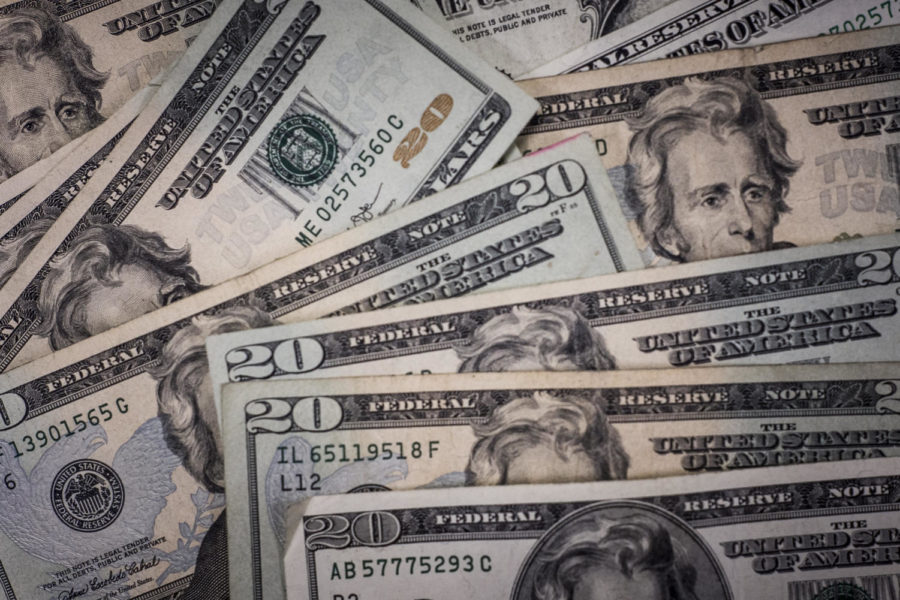Last month, non-fungible tokens, or NFTs, invaded the cryptocurrency scene. As a small group of buyers and sellers traded their digital art in multi-million dollar sales, most people were left wondering what NFTs are, where they come from and why they are considered so valuable.
In March, Mike Winkelmann, a digital artist known as Beeple, sold an NFT of his piece “The First 5000 Days” for more than $69 million. It is the third-most that any living artist has been paid for their work.
NFTs add scarcity and authenticity to a digital world where files can be copied and downloaded endlessly for free. Anyone can look at a GIF, a video or a piece of digital art online, but only one person can own the code that makes it possible.
Non-fungible means that an asset cannot be exchanged for something else of equal value. The technology that NFTs are built on, the blockchain, records transactions and authenticates that your purchase is, in fact, the original copy of the art. Like other artistic mediums, the benefits of owning an original NFT rest on the clout that comes with a limited release, not necessarily owning a better product.
Digital artists may be drawn to NFTs because there is great potential to monetize certified versions of their work, but there are major effects to consider before entering the NFT market.
NFTs benefit from blockchain technology that verifies digital transactions and makes them difficult to copy or infringe upon. Blocks of transactions are added to the digital ledger in a process called mining. Computers, known as “miners,” use an algorithm called proof-of-work to confirm that transactions are correct and certify their position on the blockchain. Then, each node of the blockchain confirms the transaction for itself. It’s a complicated interaction of computers that take a lot of power.
The blockchain is great for artists who do not want their work to be stolen, but the process takes a hefty toll on the environment.
If this sounds confusing, that’s because it is. Ethereum and other NFT platforms hope that consumers will be enticed by profit and novelty and neglect to understand the environmental impact of their sale. In that way, they are similar to many other industries.
Mining Ethereum “Ether,” one of the most prominent blockchains, “consumes about 26.5 terawatt-hours of electricity a year, nearly as much as the entire country of Ireland and its almost 5 million residents,” according to Time Magazine. “For an asset with no physical presence or utility outside the digital realm, the process of producing the ‘coins’ is tremendously inefficient.”
The power that it takes for computers to mine cryptocurrency and manage NFT blockchains can overload local grids and is not worth the environmental strain. Plenty of modern luxuries, like cars and planes, contribute to climate change but are difficult to avoid. NFTs are not one of them. It is irresponsible to participate in a new market that wastes energy and has no value in the physical world.
There are more environmentally conscious alternatives to crypto exchanges on the way, but that does not diminish the effect today and the precedent set for inherent value in NFTs.
The allure of NFTs hinges on the same appeal as the traditional art market. There is value in owning an original Picasso instead of looking at the painting online. But what would happen if that Picasso contributed to carbon emissions or pumped oil right into the ocean? Wouldn’t people be outraged that a single buyer’s frivolousness has a negative impact on everyone? Maybe, but studies show that people are unwilling to fully invest in energy-conserving policies, even though there is growing acknowledgment that climate change is caused by man.
If you are unable to commit your time or resources to fighting climate change, the easiest way to contribute is to steer clear of wasteful, unnecessary cryptocurrency exchanges. Reducing your negative environmental impact can be difficult, but this Earth Day, choose to avoid the buying and selling of NFTs.
Catherine Hurley can be reached at [email protected]. Follow her on Twitter @cath_hurley.




















